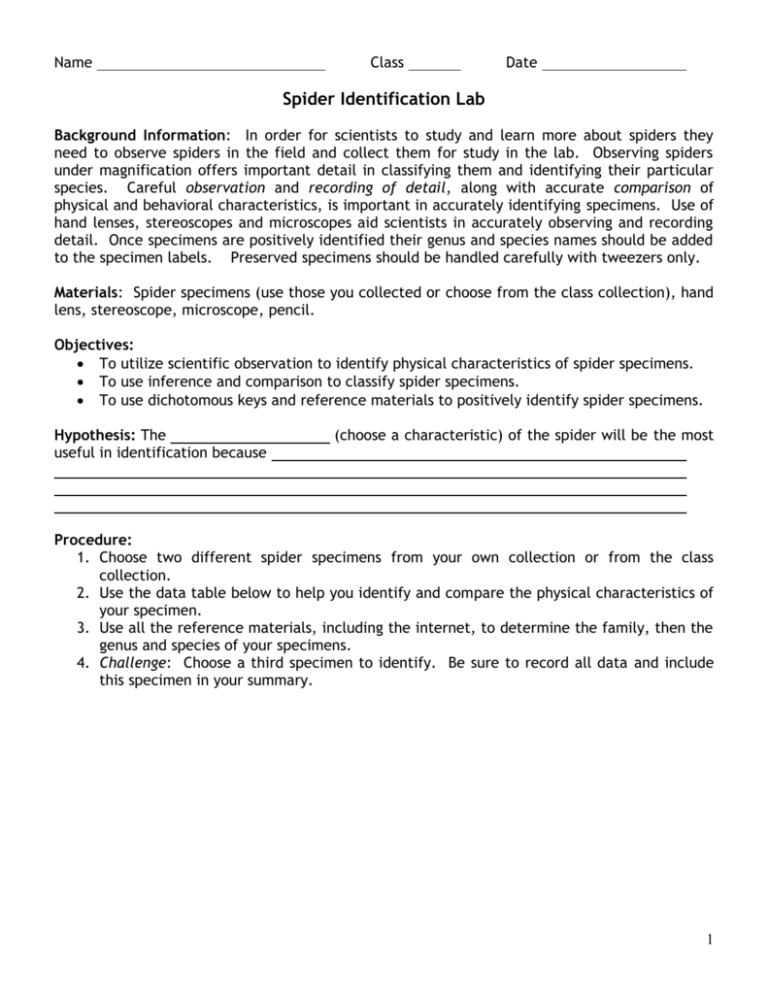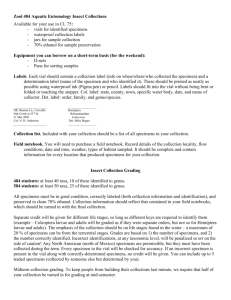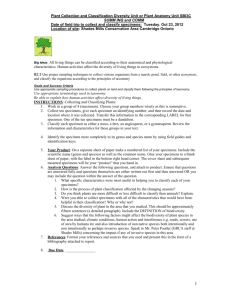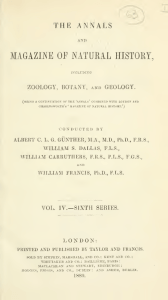Spider Identification Lab
advertisement

Name Class Date Spider Identification Lab Background Information: In order for scientists to study and learn more about spiders they need to observe spiders in the field and collect them for study in the lab. Observing spiders under magnification offers important detail in classifying them and identifying their particular species. Careful observation and recording of detail, along with accurate comparison of physical and behavioral characteristics, is important in accurately identifying specimens. Use of hand lenses, stereoscopes and microscopes aid scientists in accurately observing and recording detail. Once specimens are positively identified their genus and species names should be added to the specimen labels. Preserved specimens should be handled carefully with tweezers only. Materials: Spider specimens (use those you collected or choose from the class collection), hand lens, stereoscope, microscope, pencil. Objectives: To utilize scientific observation to identify physical characteristics of spider specimens. To use inference and comparison to classify spider specimens. To use dichotomous keys and reference materials to positively identify spider specimens. Hypothesis: The useful in identification because (choose a characteristic) of the spider will be the most Procedure: 1. Choose two different spider specimens from your own collection or from the class collection. 2. Use the data table below to help you identify and compare the physical characteristics of your specimen. 3. Use all the reference materials, including the internet, to determine the family, then the genus and species of your specimens. 4. Challenge: Choose a third specimen to identify. Be sure to record all data and include this specimen in your summary. 1 Data: Physical Characteristics Size of body (mm.) Body shape carapace Specimen 1 Specimen 2 Challenge Body shape abdomen Body coloring (note any patterns, markings, etc.) Body covering (smooth, hairs – short/long, many/few) Legs (size in proportion to body, coloring, covering) External features (spinnerets, pedipalps, etc.) Eyes (number, size, location, arrangement) Characteristics of Location where found (ground, tree, house, moist, dry, etc.) Web type present where found (if possible) Any observed behaviors (jumps, runs fast, retreats into corner of web, etc.) Miscellaneous (other information you have about the specimen that may aid in identification) Family name Genus Species 2 Questions: 1. Describe the process you used in identifying your species. 2. Were all of the physical characteristics of the specimen easily viewed and determined? Which were easily determined? Which were difficult? Explain why. 3. How positive are you in the family, genus and species you arrived at for each of your specimens? Explain why/why not. 4. Describe how you think scientists would go about determining the family, genus and species of a newly discovered spider specimen that no one has ever seen before. 3 Conclusion: (Be sure to state if your hypothesis was supported or negated and what the actual findings were) Summary: Write a three paragraph summary of this activity using our standard format (what you were doing and why you were doing it, what you found out, how this information relates to life.) 4








